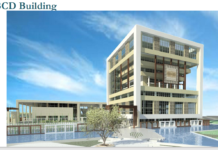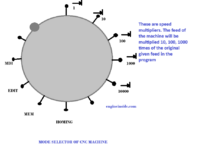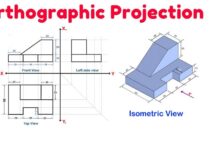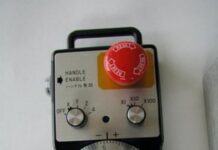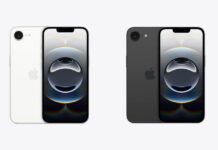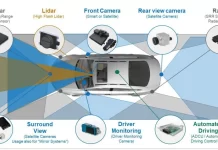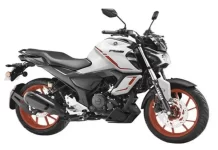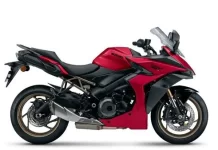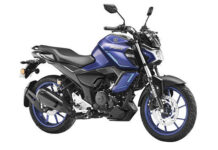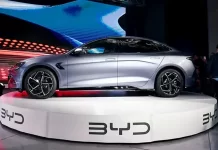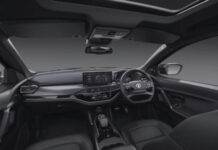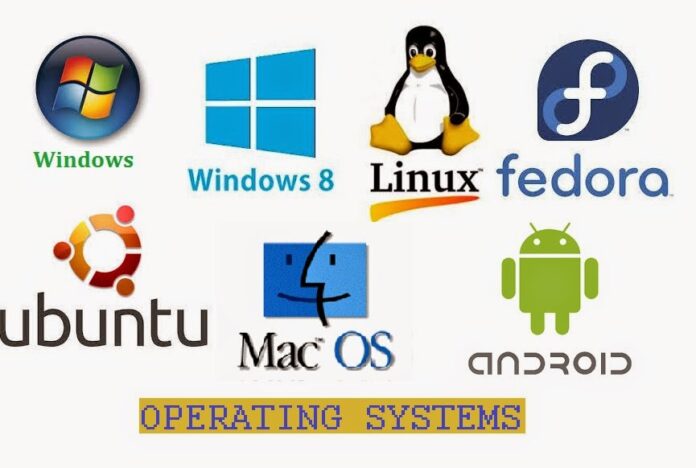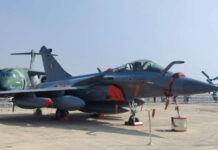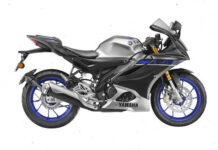Operating System – Definition
An Operating System is basically a set of programs that provide control of the CPU (Central Processor Unit) and its resources. Any general-purpose computer, such as a PC or a Mac requires an Operating System (OS) to manage the various hardware and software components that make up the system.
How Operating System Works?
An operating system (OS) is a set of interrelated collection of supervisory software that controls the overall operation of the computer to supervise its own operations by calling in the application programs and managing the data needed to produce the desired output for the users. The operating system acts as an interface between the user and the computer hardware. The computer systems running under OS control range from small personal computers to mainframe and super computers. The programs in an OS control
the flow of information among the many units of the computer, namely the processor, memory, disc drive, keyboard, monitor, printer, plotter etc.
Functions of Operating Systems :
The important functions of an operating system are:
1. Transferring data between computer and various peripheral devices for input and output. This function primarily controls devices through special programs
called device drivers.
2. Managing computer files and programs through processor management which controls access to CPU so that each program has its fair share of processor time.
3. Loading computer programs into memory and controlling program execution.
Memory management controls different memories associated with the computer
and allots the quantum of memory required for each application.
4. Security.
5. Human Interface (User Interface). This determines how the user communicates with the computer.Micro computers and personal computers use three major categories of operating
systems. A ROM monitor is the simplest type of operating system. It is designed for a
particular configuration of hardware and provides a program with direct access to the
hardware. Such systems are commonly used in dedicated hardware. An example is a CNC
system. The traditional operating system is an improvement on the ROM monitor. ROM
monitor is retained as the basic input/output system. (BIOS) Additional features such as
file system and logical access to peripherals are added. Programs are stored in peripheral
storage devices like disc drives.







